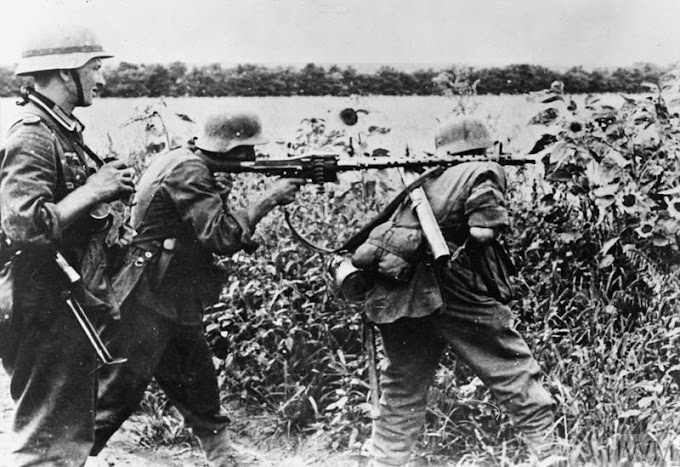Crucifixion of Jesus
The 17th-century painting Christ Crucified by Diego Velázquez, held by the Museo del Prado in Madrid
Date
AD 30/33
Location
Jerusalem, Judaea, Roman Empire
Type
Execution by crucifixion
Cause
Condemnation before Pilate's court
Participants
Roman army (executioners)
Outcome
Ministry of the apostles
Earliest persecution of Christians
Deaths
Jesus
According to the canonical gospels, Jesus was arrested and tried by the Sanhedrin, and then sentenced by Pontius Pilate to be scourged, and finally crucified by the Romans.[5][6][7] It portrays his death as a sacrifice for sin.
Jesus was stripped of his clothing and offered vinegar mixed with myrrh or gall (likely posca[8]), to drink after saying "I am thirsty". At Golgotha, he was then hung between two convicted thieves and, according to the Gospel of Mark, died by the 9th hour of the day (at around 3:00 p.m.). During this time, the soldiers affixed a sign to the top of the cross stating "Jesus of Nazareth, King of the Jews" which, according to the Gospel of John (John 19:20), was written in three languages (Hebrew, Latin, and Greek). They then divided his garments among themselves and cast lots for his seamless robe, according to the Gospel of John. The Gospel of John also states that, after Jesus' death, one soldier (named in extra-Biblical tradition as Longinus) pierced his side with a spear to be certain that he had died, then blood and water gushed from the wound. The Bible describes seven statements that Jesus made while he was on the cross, as well as several supernatural events that occurred.
Collectively referred to as the Passion, Jesus's suffering and redemptive death by crucifixion are the central aspects of Christian theology concerning the doctrines of salvation and






